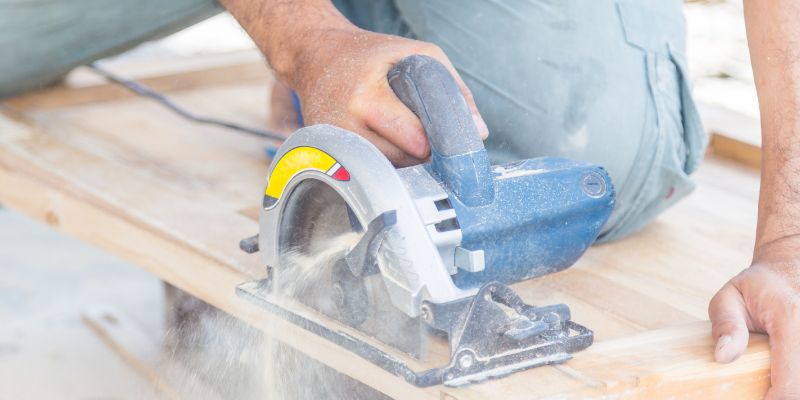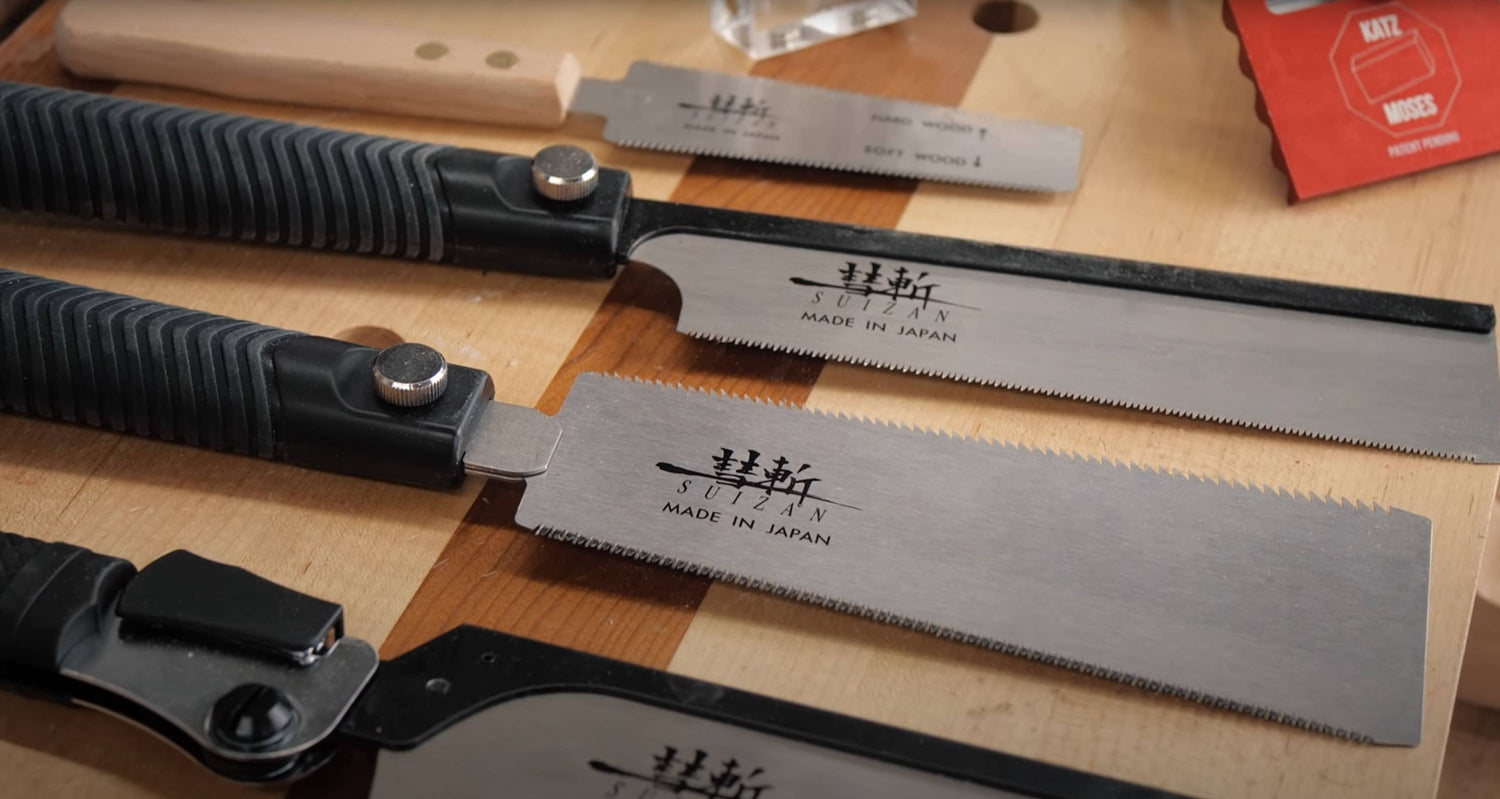To cut wood without a saw, you can use alternative methods such as a chisel and mallet or a sharp knife with a steady hand. These methods can be effective for smaller projects or when a saw is not available.
However, it is important to note that using a saw is generally the most efficient and precise way to cut wood.
Choosing The Right Tools
When it comes to cutting wood without a saw, choosing the right tools is crucial. Axes, chisels, and mallets are three popular options to consider. Each tool has its own unique features and advantages.
Axes
Axes are powerful and versatile tools that excel at chopping and splitting wood. They come in various shapes and sizes, allowing you to select the one that suits your needs. The splitting axe, with its heavy head and sharp blade, is ideal for splitting larger logs. On the other hand, a felling axe has a longer handle, making it easier to fall trees. Swinging an axe with proper technique can make your woodcutting experience more efficient and enjoyable.
Chisels And Mallets
Chisels and mallets are hand tools that are perfect for more delicate woodcutting tasks. Chisels are typically made of high-quality steel and have a sharp cutting edge. They can be used to remove small pieces of wood or create intricate designs. A mallet, which is a heavy wooden or rubber hammer, is used to strike the chisel and drive it through the wood. Together, chisels and mallets offer precision and control when cutting wood without a saw.
When using a chisel and mallet, it’s important to secure the wood firmly, perhaps using clamps or a vice. This ensures stability and reduces the risk of accidental slips or injuries. Additionally, maintaining sharpness on your chisels and using the right amount of force with the mallet can greatly enhance your woodcutting experience.

Manual Cutting Techniques
Learn the art of manual cutting techniques to effortlessly carve through wood without the need for a saw. Embrace traditional methods such as using a chisel, hand plane, or drawknife to achieve precision and finesse in your woodworking projects. Mastering the skill of manual cutting can bring a sense of satisfaction and uniqueness to your creations.
When it comes to cutting wood without a saw, manual cutting techniques are a handy alternative. These techniques allow you to shape and size your wood without the need for power tools. Whether you’re in a situation where a saw isn’t available or you prefer the hands-on approach, manual cutting techniques can be incredibly useful. In this blog post, we will explore two such techniques: splitting and whittling.
Splitting Technique
The splitting technique is a straightforward method for cutting wood without a saw. This technique involves using a sharp object, such as a hatchet or maul, to split the wood along its grain. Here’s how you can utilize the splitting technique:
- Start by placing the wood on a stable surface, with the section you want to split positioned towards the edge.
- Maintain a firm grip on the hatchet or maul and position it at the desired cutting point on the wood.
- Raise the hatchet or maul above your head and bring it down with force, aiming for the cutting point.
- Repeat the process, adjusting the position of the wood as necessary, until it splits along the grain.
The splitting technique is particularly useful for creating smaller pieces of firewood or for rough shaping larger wooden blocks for sculpting or carving.
Whittling Technique
Another manual cutting technique that can be used to shape and cut wood without a saw is whittling. Whittling involves using a sharp knife to remove small shavings of wood and gradually shape it to the desired form. Here’s how you can employ the whittling technique:
- Start by selecting a sharp pocket knife or whittling knife.
- Hold the wood firmly in one hand, making sure to keep your fingers well clear of the cutting path.
- With the knife in your other hand, begin removing small shavings of wood by pushing the blade away from you.
- Continue working on the wood, gradually shaping it by removing layers of wood with each stroke of the knife.
The whittling technique is great for creating precise shapes and intricate designs. It’s commonly used for woodworking projects such as creating small figurines, decorative objects, or intricate patterns in wooden surfaces.
Power Tool Alternatives
When it comes to woodworking, power tools can be immensely helpful. However, if you find yourself without a saw, there are still effective alternatives to cut wood. Power tool alternatives bring versatility to the table and offer efficient ways to create precise cuts without the need for a saw. Let’s explore some of these methods in more detail.
Using A Router
A router can be utilized to cut wood without a saw. By attaching a straight bit to the router and setting the cutting depth, you can achieve precise and smooth cuts. Secure the wood with clamps and guide the router along your desired cutting path for accurate results.
Employing A Jigsaw
A jigsaw serves as an excellent alternative to a saw for cutting wood. Its maneuverability and ability to make intricate cuts make it a versatile tool. Simply mark the cutting line, secure the wood, and let the jigsaw blade do the rest. With steady hands, you can achieve clean and precise cuts effortlessly.

Credit: kmtools.com
Safety Precautions
Discover the secrets of cutting wood without a saw. Learn essential safety precautions for alternative methods that can help you achieve precise results.
Protective Gear
Before attempting to cut wood without a saw, it is of utmost importance to prioritize your safety. Don’t skip this step and ensure you have the necessary protective gear:
- Wear safety glasses to shield your eyes from splinters and debris.
- Put on a pair of heavy-duty gloves to protect your hands from cuts and bruises.
- Use ear protection to prevent hearing damage from loud noises that may occur during the cutting process.
- Consider wearing a dust mask to reduce the inhalation of sawdust and other airborne particles.
Workspace Preparation
Preparing your workspace correctly sets the foundation for safe wood cutting without a saw. Follow these guidelines:
- Choose a well-ventilated area with ample natural or artificial lighting.
- Ensure your workspace is clear of clutter, eliminating any tripping hazards.
- Place a sturdy workbench or table in your workspace to provide a stable surface for cutting.
- If using a makeshift cutting station, secure the wood firmly to prevent slippage while cutting.
- Keep a fire extinguisher nearby in case of accidental sparks or fires.
Remember, your safety is paramount, so it’s essential to follow these safety precautions throughout the process.
Finishing Touches
Learn how to cut wood without a saw with these handy finishing touches. Discover alternative tools and techniques to achieve precise and clean cuts effortlessly. Make your woodworking projects a breeze with these innovative methods.
Sanding
Once you have cut the wood without a saw and achieved the desired shape, the next step is sanding. Sanding helps to smoothen out any rough edges or uneven surfaces, giving your woodwork a professional and polished look. Here are a few key points to keep in mind when sanding your wood:
- Start with coarse-grit sandpaper to remove any large bumps or imperfections.
- Gradually move to finer-grit sandpaper for a smoother finish.
- Sand along the grain of the wood to avoid causing damage or scratches.
- Make sure to sand all the surfaces evenly to maintain consistency in the appearance of your woodwork.
- Consider using sanding blocks or sanding sponges for better grip and control.
- Remember to wear protective goggles and a dust mask to prevent any injuries or inhalation of dust particles.
Planing
Planning is another essential step when it comes to finishing your woodwork. It helps to create a smooth and even surface, making your woodwork more aesthetically appealing and enhancing its functionality. Here are a few tips to make planning a breeze:
- Choose the right type of plane for the job, depending on the size and nature of your woodwork.
- Ensure that your plane blade is sharp for effective and effortless planning.
- Start planning from one end of the wood and continue in long, smooth strokes.
- Regularly check the surface for any uneven areas and adjust your planning technique accordingly.
- Remember to work with the grain to avoid tear-out and achieve better results.
- After planing, use sandpaper to further smoothen the surface and remove any planing marks.
Frequently Asked Questions Of How To Cut Wood Without Saw
Can You Cut Wood With A Drill?
Yes, you can cut wood with a drill. By using specific drill bits designed for woodworking, you can drill holes and even create simple cuts in wood materials. However, for more precise and complex cuts, a saw might be more suitable.
Can You Cut Through Wood With A Knife?
Yes, you can cut through wood with a knife. Knives can be used for tasks like whittling or slicing thinner pieces of wood. However, for thicker or harder wood, specialized tools like saws are more efficient and safe to use.
Can You Cut Wood With Scissors?
No, scissors cannot cut wood. They are designed for cutting paper, fabric, and other soft materials. To cut wood, you would need a saw or another suitable tool specifically designed for that purpose.
What Are The 4 Methods For Cutting Wood?
The 4 methods for cutting wood are sawing, chopping, splitting, and carving. Each method has its own specific tools and techniques for cutting wood effectively.
Conclusion
Cutting wood without a saw is possible using various alternative methods. With the right tools and techniques, you can achieve precise and clean cuts. Whether it’s using a chisel, axe, or hand saw, understanding the proper approach is essential. Experiment with different methods to find the one that works best for your project.
Happy woodworking!


